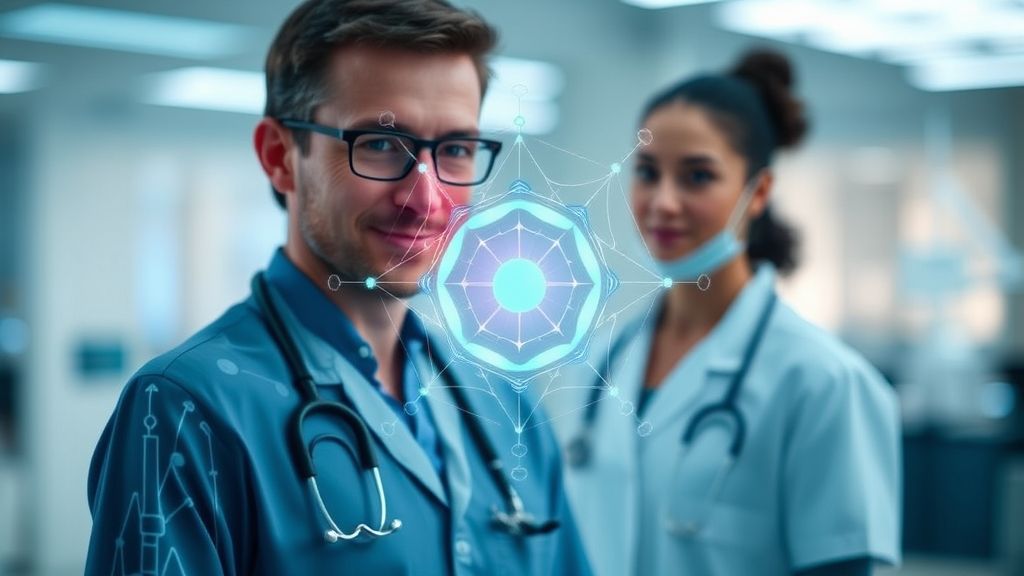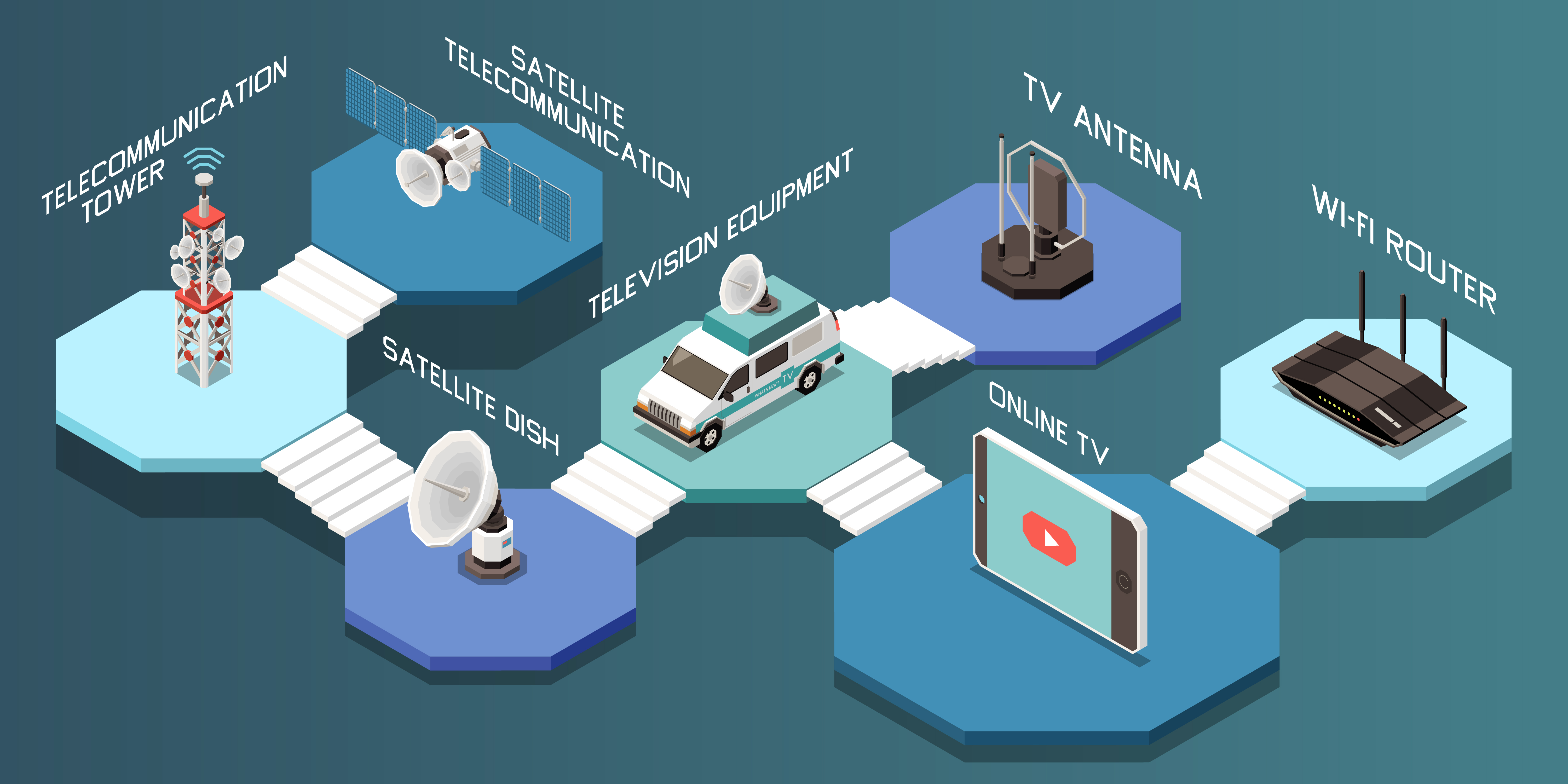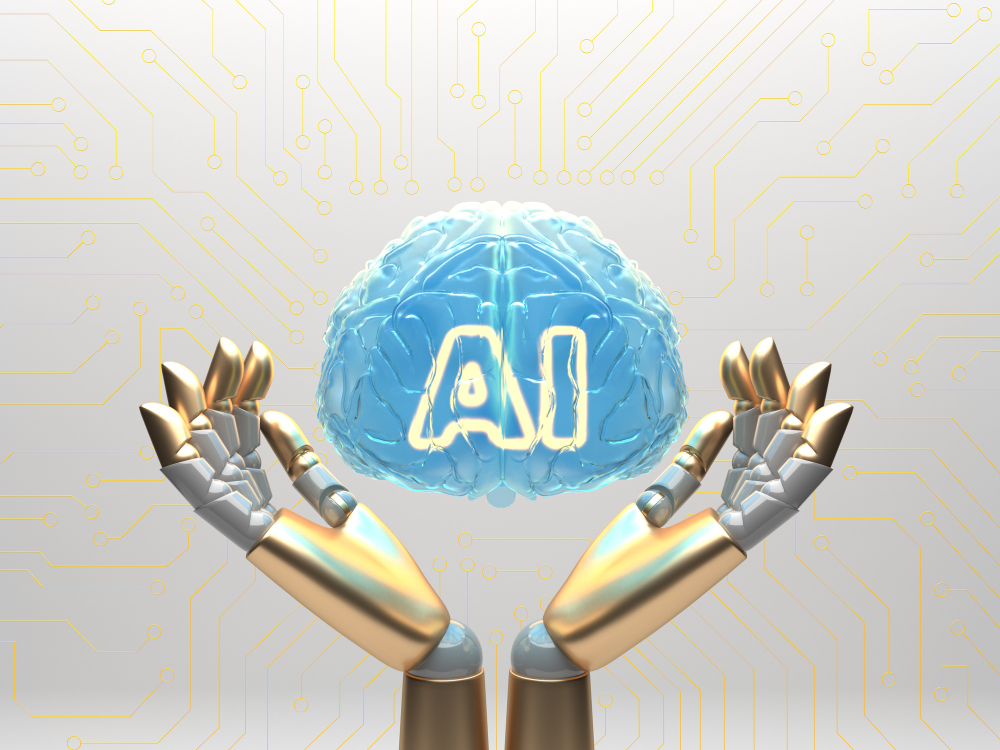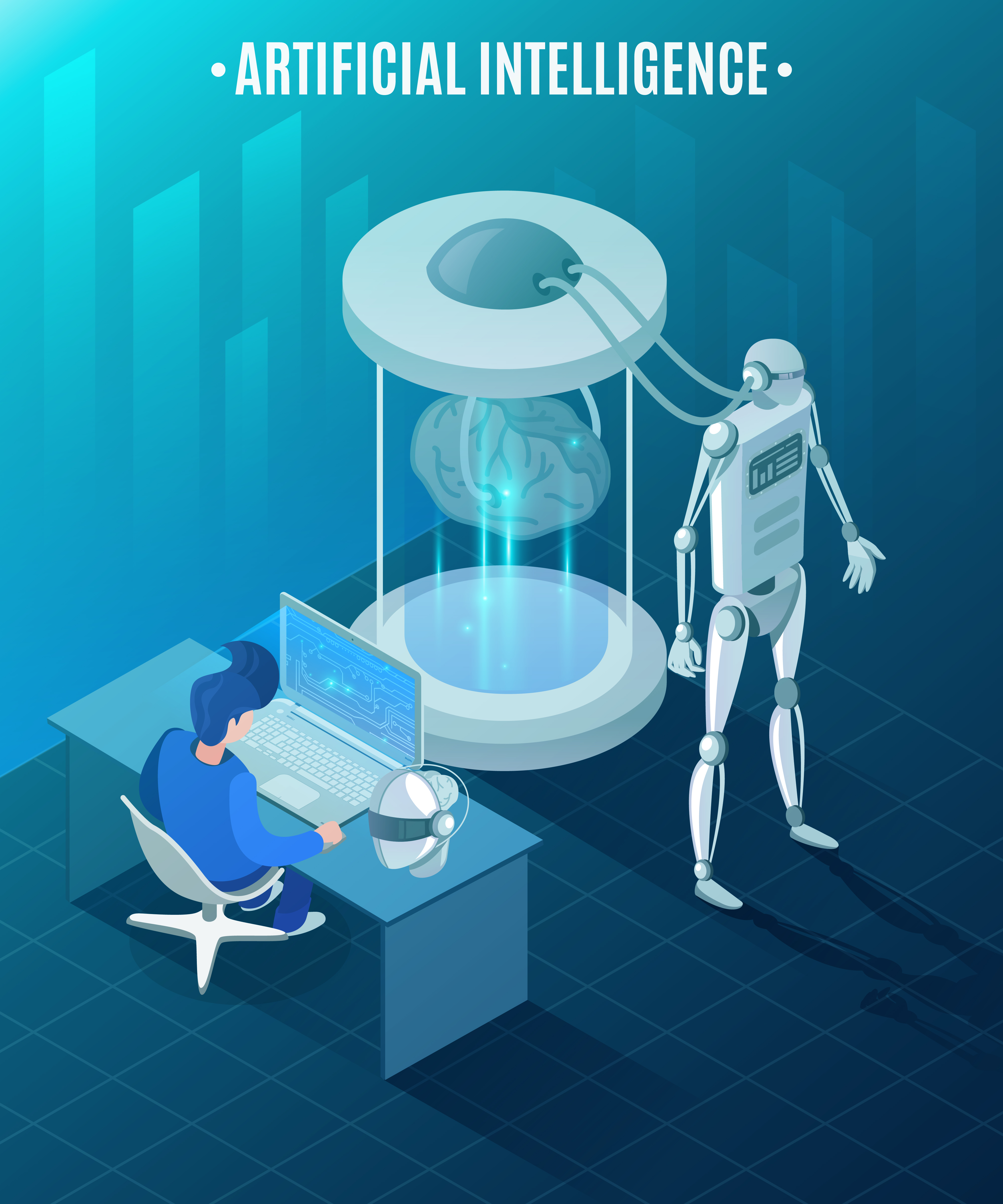Burnt Out by Paperwork? Generative AI for Healthcare Brings Back Focus to Care

Strong 8k brings an ultra-HD IPTV experience to your living room and your pocket.
Introduction: When Paperwork Erodes Patient Time
In modern healthcare systems, clinicians report spending up to two hours on administrative work for every hour of patient care. This imbalance affects not only professional satisfaction, but also patient outcomes. The root cause: paperwork overload. From standardized forms and regulatory entries to clinical notes and billing codes, the burden is relentless.
Imagine instead if routine documentation could be automated—without sacrificing accuracy or compliance. That’s the promise of generative AI for healthcare solutions. Paired with custom generative AI healthcare solutions, these platforms offer intelligent, context-aware automation that restores focus to patient care rather than paperwork.
1. Understanding the Damage of Excess Administrative Load
- Burnout among clinicians: Navigating EMRs, documenting visits, and completing forms lead to high fatigue and job dissatisfaction.
- Time away from meaningful interaction: Paperwork often reduces face-to-face time with patients.
- Inconsistent note quality: Exhausted staff may skip detail or enter generic content.
- Delayed patient care: Staff devote time to backlogs rather than proactive engagement.
Letting administrative chores dominate care delivery is detrimental at many levels.
2. How Generative AI Eases Documentation Burdens
Generative platforms analyze multiple data inputs—voice, typed notes, test results—and produce summarized, structured clinical documentation that adheres to institutional style and policy. Features include:
- Conversational transcription: Converts patient–clinician dialogs into concise clinical notes.
- Auto-populating templates: Fills intake forms, treatment plans, and referral letters automatically.
- Dynamic compliance checks: Flags missing items or inconsistent codes before finalization.
With custom generative AI healthcare solutions, these features adapt to preferred note formats, specialty nuances, and documentation workflows.
3. Streamlined Clinical Workflow in Practice
Here’s how automation transforms a typical patient encounter:
- A doctor talks with the patient, and the AI listens silently—or records.
- After the visit, a review panel shows the AI-generated summary: chief complaint, evaluation, treatment recommendations.
- Once approved, the content transfers directly to the EMR, coding systems, and billing modules.
This seamless process slashes administrative time while maintaining accuracy and clinical clarity.
4. Sustaining Quality, Safety, and Oversight
- Audit trails: All AI-generated documentation is annotated with timestamps and review history.
- Clinician review: Final documents are reviewed and approved by healthcare providers.
- Compliance-first design: Custom rules ensure adherence to clinical guidelines and legal mandates.
These systems offer trustworthiness that supports large-scale clinical use.
5. Reclaiming Clinician Engagement and Morale
- More time per patient: Clinicians connect with patients deeper, without interruption by screens.
- Less documentation fatigue: Automation removes monotonous work from the attention loop.
- Higher job satisfaction: Clinical teams report feeling more effective in their roles.
Reducing paperwork fatigue leads to better retention and improved patient–climate relationships.
6. Leveraging Automation to Reduce Turnaround Times
Documentation delays often block referral, prescription, or scheduling workflows. With generative AI, responses like follow-up notes, discharge instructions, or referral letters can be drafted immediately after consultation—for instantaneous sharing.
This fluid approach streamlines patient flow and reduces downstream delays.
7. Scaling Across Departments and Patients
These solutions are relevant to:
- Primary care
- Specialty clinics—such as cardiology, dermatology, neurology
- Emergency medicine
- Allied health fields (physical therapy, occupational therapy)
- Telehealth platforms
Customization ensures each specialty retains format, tone, and documentation depth tailored to its standards.
8. Automation That Supports Personalized Care
Rather than generating one-size-fits-all notes, AI can tailor content based on patient profile:
- Age, condition severity, prior medical history
- Preferred language and communication style
- Regional standards or institutional preferences
Such customization comes via custom generative AI healthcare solutions, making automation more human and empathetic.
9. Supporting Patient Education and Follow-Up
After visits, clinicians can generate:
- Summaries of the patient’s condition and action steps
- Medication schedules and side-effect guidance
- Lifestyle coaching or follow-up appointment reminders
This material enhances adherence and reduces confusion—without taking extra staff time.
10. Reducing Error Rates and Repetitive Regret
Automated documentation helps reduce:
- Missed dosages or lab orders that sometimes accompany manual entry
- Billing errors due to inconsistent note content
- Incomplete documentation that triggers audit findings
Collectively, these improvements protect both patient safety and institutional compliance.
11. Measuring Impact and Return on Investment
Metrics to assess generative AI success include:
- Hours of documentation time saved per clinician per day
- Clinician satisfaction and burnout indices
- Time to chart completion and billing cycle speed
- Fewer queries or corrections post-consultation
These numbers spotlight both human and operational benefit.
12. Designing Effective Systems for Clinical Context
When developing custom generative AI healthcare solutions, best practices include:
- Direct integration into EMR systems or practice portals
- Optional voice-first or typed input modes
- Adjustable templates per specialty, language preference, or region
- Guardrails to escalate flagged cases to clinician review
Such design ensures adoption and safety in clinical environments.
13. Privacy, Security, and Regulatory Control
Given the sensitive nature of clinical data, platforms must support:
- End‑to‑end encryption
- Role-based access control
- Data anonymization where needed
- Audit logs compatible with regulatory review (e.g., HIPAA, GDPR)
These protections build trust across patients and providers alike.
14. Continuous Improvement Through Feedback
Generative systems should adapt over time:
- Clinician edits feed back into template refinement
- Recurrent weakness—such as unclear phrasing—triggers model retraining
- Output performance tracked to maintain quality standards
This iterative approach ensures the AI improves with use, rather than fading in accuracy.
15. Broad Applications Beyond Clinical Notes
Generative AI also supports:
- Discharge instructions and patient handouts
- Referral and authorization forms to insurance
- Progress tracking and patient outreach messaging
- Administrative reports or quality assurance summaries
These tools reduce bottlenecks across the breadth of healthcare tasks.
16. Avoiding Pitfalls and Managing Risks
- Oversight alert: AI should not autocomplete diagnoses or treatment without review.
- Bias checks: Careful training data design prevents reinforcement of demographic bias.
- Escalation points: When uncertainty is high, AI suggests clinician verification rather than auto-finalizing.
Such guardrails keep operations safe and clinician-led.
17. A Healthcare Network’s Transformation Story
One hospital system introduced custom generative AI for healthcare solutions across primary and specialty practices. After integration:
- Clinician documentation time dropped by 45%
- Patient throughput improved by 20%
- Satisfaction ratings from both patients and staff rose significantly
- Fewer billing queries and faster claims processing occurred
Investing in automation paid off both in quality and efficiency metrics.
18. The Future: From Documentation to Clinical Intelligence
Looking forward, generative AI platforms may evolve to:
- Suggest clinical protocols based on patterns of care
- Offer real-time decision support embedded in consultations
- Generate analytics-ready data from compiled notes, feeding population health tools
- Provide continuous learning modules to upskill clinical staff from their own documentation data
These capabilities turn generative AI into both an assistant and a strategic ally in care delivery.
Conclusion: Putting Care Back at the Center of Healthcare
When clinicians spend more time on paperwork than patients, the fundamental mission of healthcare falters. Generative AI for healthcare solutions—and especially custom generative AI healthcare solutions—offer a means to restore focus where it belongs.
By automating documentation intelligently, maintaining oversight, and integrating contextually into workflows, these platforms free up time for relationship, listening, and treatment. They don’t replace clinicians—they empower them.
With safe, adaptable systems in place, documentation becomes a stepping stone to better outcomes—not a stumbling block. Let AI bring back the focus to care, so clinicians can do what they do best: heal.
Note: IndiBlogHub features both user-submitted and editorial content. We do not verify third-party contributions. Read our Disclaimer and Privacy Policyfor details.







